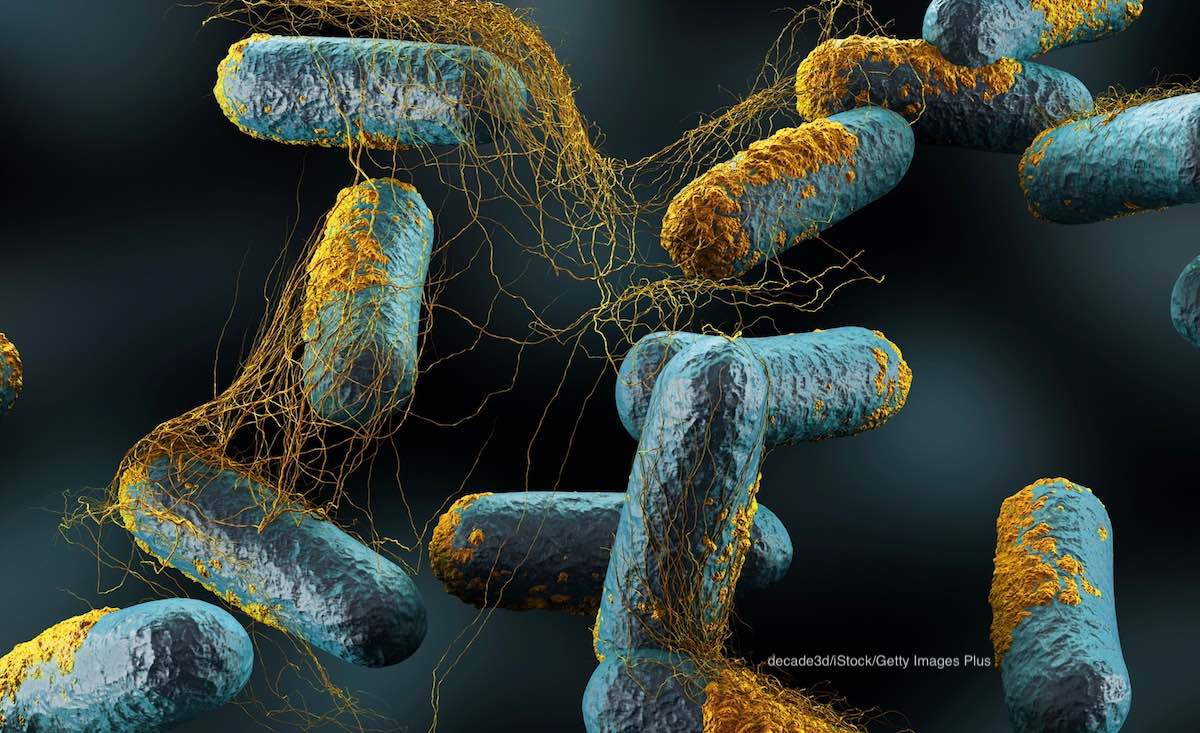A Clostridium perfringens outbreak sickened hundreds of people who ate at the Poplar Tent Presbyterian Church BBQ on November 1, 2018. The Cabarrus Health Alliance reported that at least 290 people had reported symptoms of vomiting and diarrhea after that event. The bacteria that caused the illness was identified as Clostridium perfringens after food samples were tested. The bacteria was fond in the Brunswick stew.

Clostridium perfringens outbreaks are common around the holidays, because the bacteria grows in food prepared in quantities. When gravies or stews are not kept at a safe temperature, the bacteria easily grows. These outbreaks happen when large groups gather, such as events with catered food, nursing homes, schools, and hospitals.
So how can you prevent these outbreaks?
Clostridium perfringens bacteria are found on raw meat and poultry, in the intestines of animals and humans, and in the environment. Some strains of this pathogen produce a toxin that causes foodborne illness.
To prevent these outbreaks, it’s essential that anyone who cooks and handles large quantities of food understand the risks of Clostridium perfringens contamination. All food, especially beef roasts and poultry, should be cooked to a safe final internal temperature, then kept out of the danger zone of 40°F to 140°F. That means the meat should be promptly refrigerated or held in an oven or on a warming plate.
Always refrigerate leftovers quickly. Never leave food out of refrigeration longer than 2 hours, or 1 hour if the ambient air temperature is above 90°F. It’s fine to put hot foods directly into the fridge. Separate large quantities into smaller containers that are shallow so the food can be chilled quickly.
Always reheat leftovers to 165°F, as tested with a reliable and accurate food thermometer. The problem with Clostridium perfringens happens when large quantities cool in the center of the food.
And when it doubt, throw it out. Foods contaminated with this bacteria and its toxin will not look, taste, or smell different from foods that are safe to eat.




